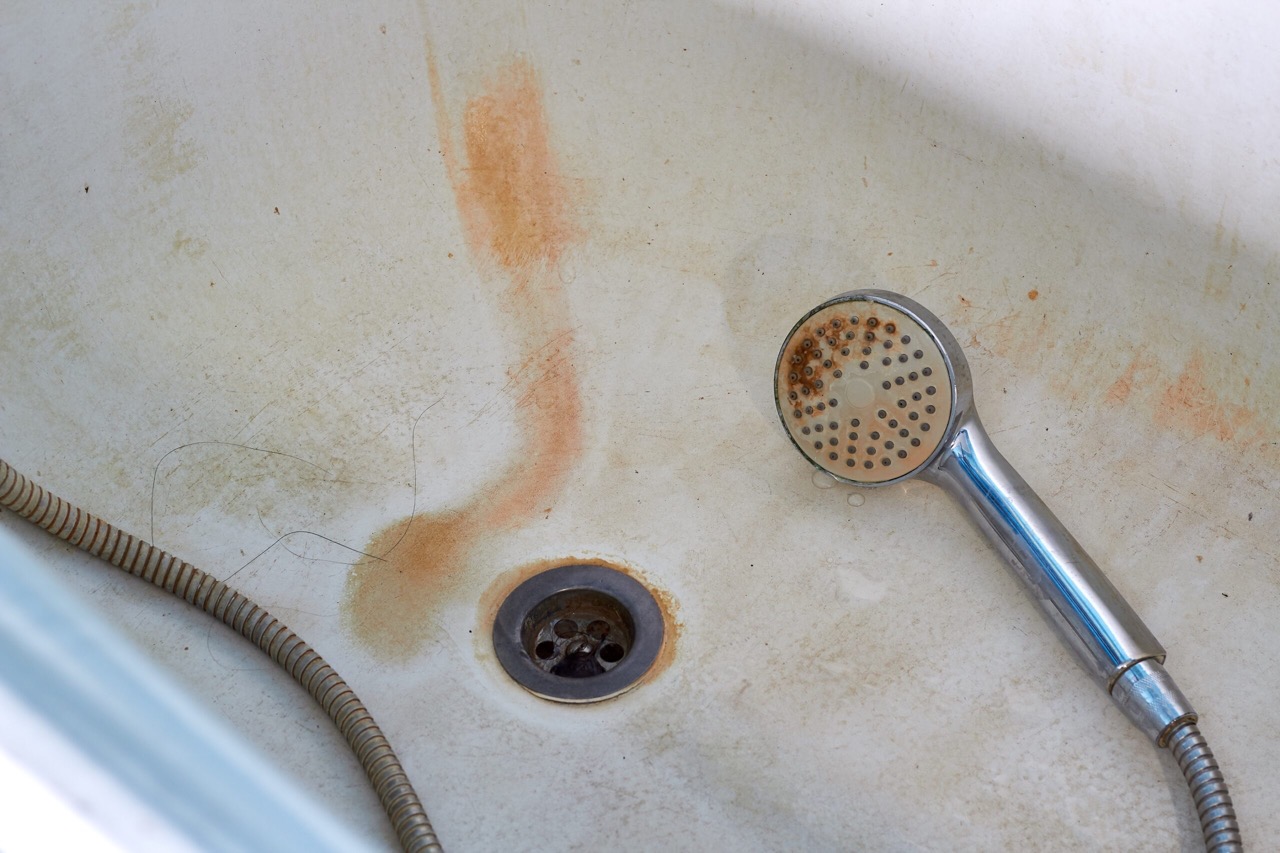

Articles
How To Remove Mold From Showerhead
Modified: January 6, 2024
Learn effective techniques and methods for removing mold from your showerhead with our informative articles. Keep your bathroom clean and mold-free with our expert tips.
(Many of the links in this article redirect to a specific reviewed product. Your purchase of these products through affiliate links helps to generate commission for Storables.com, at no extra cost. Learn more)
Introduction
Mold growth in the showerhead is a common problem that many homeowners face. Not only does it look unsightly, but it can also pose health risks if left untreated. Mold thrives in damp and dark environments, making showerheads an ideal breeding ground. However, removing mold from a showerhead is not as daunting as it may seem. With the right knowledge and tools, you can effectively get rid of the mold and restore the cleanliness of your shower.
In this article, we will guide you through the process of removing mold from your showerhead, step by step. We will also discuss alternative methods and precautions to take for a safe and effective cleaning process. Additionally, we will share some tips on how to prevent mold growth in your showerhead in the future.
Before we begin, it is important to note that mold removal should be approached with caution. Mold spores can be released into the air during the cleaning process, which can be hazardous if inhaled. To ensure your safety, we recommend wearing gloves, a mask, and protective eyewear when dealing with mold. It is also advisable to ventilate the area properly, either by opening windows or using exhaust fans.
Now, let’s dive into the causes of mold growth in showerheads and the steps to effectively remove it.
Key Takeaways:
- Mold in showerheads can be effectively removed using natural solutions like vinegar, hydrogen peroxide, or baking soda paste. Prioritize safety by wearing protective gear and ventilating the area during the cleaning process.
- Prevent mold growth in showerheads by implementing regular cleaning, improving ventilation, addressing plumbing issues, and using anti-microbial products. These measures contribute to a clean and healthy bathroom environment.
Read more: How To Remove Mold From Pillows
Understanding the Causes of Mold in Showerheads
Mold in showerheads is a common problem that many people face. Understanding the causes of mold growth can help us prevent it from happening in the first place.
1. Moisture: Moisture is the primary reason why mold thrives in showerheads. When water consistently collects in and around the showerhead, it creates a damp environment that encourages mold growth. This can happen due to leaks in the plumbing or insufficient ventilation in the bathroom.
2. Lack of sunlight: Mold thrives in dark areas, making showerheads an ideal breeding ground. Bathrooms with limited natural light or those located in areas with low sunlight exposure are more prone to mold growth.
3. Organic matter: Mold needs organic matter to grow and multiply. This can include soap scum, mineral deposits, and other debris that accumulate in the showerhead over time. These substances provide nutrients for mold, allowing it to flourish.
4. Warm temperatures: Mold prefers warm temperatures to grow. In hot and humid climates, the conditions are even more favorable for mold growth. The combination of warmth and moisture creates an ideal environment for mold to thrive in showerheads.
5. Lack of regular cleaning: If showerheads are not cleaned regularly, mold can start to develop. The accumulation of dirt, soap residue, and other impurities creates a breeding ground for mold. It’s essential to maintain cleanliness and hygiene in the bathroom to prevent mold growth.
By understanding these causes, you can take proactive steps to prevent mold growth in your showerhead. In the next section, we will discuss safety precautions before removing mold from your showerhead.
Safety Precautions before Removing Mold
Before you embark on the task of removing mold from your showerhead, it is crucial to take certain safety precautions. Mold can release spores into the air, which can be harmful if inhaled. By following these safety measures, you can protect yourself during the cleaning process:
1. Wear protective gear: It is recommended to wear gloves, a mask, and protective eyewear to prevent direct contact with mold and minimize the risk of inhaling spores. This will safeguard your skin, respiratory system, and eyes from potential harm.
2. Ventilate the area: Proper ventilation is essential when dealing with mold. Open windows or turn on exhaust fans to ensure a continuous flow of fresh air in the bathroom. This helps to reduce the concentration of mold spores in the air and promotes a healthier environment.
3. Use a non-toxic cleaner: When selecting a cleaning solution, opt for non-toxic alternatives. Harsh chemicals can be harmful to both your health and the environment. There are various natural and eco-friendly mold cleaners available, such as vinegar, hydrogen peroxide, or baking soda solutions. These options are effective and safe to use.
4. Test for allergies or sensitivities: If you have a known allergy to mold or respiratory sensitivities, it is best to avoid direct contact with mold during the cleaning process. Consider enlisting the help of a professional or seeking assistance from a family member or friend who is not affected by mold allergies.
5. Follow manufacturer guidelines: Some showerheads may have specific cleaning instructions provided by the manufacturer. Before initiating the cleaning process, check for any guidelines or recommendations to ensure that you are not using any harmful chemicals or methods that could damage the showerhead.
Remember, safety should always be a priority when dealing with mold. By following these precautions, you can minimize the risks associated with mold removal. Now that you are well-prepared, let’s proceed to the step-by-step guide on how to remove mold from your showerhead effectively.
Step-by-Step Guide to Removing Mold from Showerhead
Now that you have taken the necessary safety precautions, it’s time to get rid of the mold from your showerhead. Follow this step-by-step guide to effectively remove mold:
1. Prepare your cleaning solution: Create a mixture of equal parts water and vinegar in a bowl or container. Vinegar is a natural disinfectant that can effectively kill mold and remove any mineral deposits.
2. Remove the showerhead: Carefully detach the showerhead from the pipe by twisting it counterclockwise. Depending on your showerhead type, you may need to use pliers or an adjustable wrench to loosen the connection.
3. Soak the showerhead: Submerge the showerhead in the vinegar solution. Make sure that the entire surface is covered, including the nozzles and other areas where mold may be present. Allow it to soak for 30 minutes to loosen the mold and remove any build-up.
4. Scrub the showerhead: Use a soft brush, toothbrush, or a cloth to gently scrub the showerhead. Focus on areas with visible mold or mineral deposits. The bristles of the brush will help to dislodge the mold and remove any stubborn stains.
5. Rinse thoroughly: Once you have finished scrubbing, rinse the showerhead thoroughly with water. Ensure that all traces of vinegar and loosened mold are washed away. Pay attention to the nozzles to ensure they are clear of any debris.
6. Check for remaining mold: Inspect the showerhead for any remaining mold. If you notice any stubborn spots, repeat the soaking and scrubbing process until the mold is completely removed.
7. Reattach the showerhead: After ensuring that the showerhead is free of mold, reattach it to the pipe by twisting it clockwise. Use pliers or an adjustable wrench to securely tighten the connection, being careful not to overtighten and cause damage.
8. Test the water flow: Turn on the shower to check the water flow. If you notice any blockages or reduced pressure, remove the showerhead again and clean the nozzles thoroughly to ensure optimal water flow.
By following these steps, you can effectively remove mold from your showerhead and restore its cleanliness. However, there are alternative methods available for removing mold, which we will explore in the next section.
Use a mixture of equal parts white vinegar and water to soak the showerhead for at least 30 minutes. Then scrub the mold with a toothbrush and rinse thoroughly.
Alternative Methods for Removing Mold
While the vinegar solution method is effective for removing mold from a showerhead, there are alternative methods you can try if you prefer using different ingredients or approaches. Here are a few alternatives:
1. Hydrogen peroxide: Hydrogen peroxide is another natural and powerful mold-fighting agent. You can create a solution by combining equal parts hydrogen peroxide and water. Soak the showerhead in the solution for 30 minutes, scrub it, and rinse thoroughly before reattaching it to the pipe.
2. Baking soda paste: Baking soda is known for its cleaning and deodorizing properties. Create a paste using baking soda and water, and apply it to the moldy areas of the showerhead. Let it sit for 15-20 minutes before scrubbing and rinsing thoroughly.
3. Commercial mold removers: If natural methods don’t provide the desired results, you can consider using a commercial mold remover specifically formulated for bathroom surfaces. Ensure that the product is safe for use on the material of your showerhead. Follow the instructions provided by the manufacturer carefully.
4. Lemon juice: Lemon juice is acidic and has antimicrobial properties that can help remove mold. Squeeze fresh lemon juice onto the affected areas of the showerhead, let it sit for 15-20 minutes, scrub, and rinse thoroughly.
5. Tea tree oil: Tea tree oil is a natural fungicide and can be effective in removing mold. Add a few drops of tea tree oil to a cup of water, and use this mixture to soak the showerhead. Allow it to sit for 30 minutes, scrub, and rinse thoroughly.
Remember to always ventilate the area properly when using any of these alternative methods and follow the appropriate safety precautions mentioned earlier.
Regardless of the method you choose, regular cleaning and maintenance of your showerhead can help prevent mold growth in the long term. Let’s explore some preventive measures in the next section to avoid the recurrence of mold in your showerhead.
Read more: How To Remove Molding From Floor
Preventing Mold Growth in Showerhead
To prevent mold growth in your showerhead and maintain a clean and healthy bathroom environment, follow these preventive measures:
1. Regular cleaning: Make it a habit to clean your showerhead regularly. Remove any mineral deposits or soap scum buildup that can provide a breeding ground for mold. Use a soft brush or cloth to wipe down the surface of the showerhead and ensure the nozzles remain clear of any obstructions.
2. Dry the showerhead: After each use, dry the showerhead thoroughly to prevent moisture accumulation. Wipe it down with a towel or cloth to remove any remaining water droplets. This will help discourage mold growth and reduce the risk of mildew formation.
3. Improve ventilation: Proper ventilation is essential in preventing mold growth in the bathroom. Open windows or turn on exhaust fans during and after showers to remove excess moisture from the air. This will discourage the growth of mold spores.
4. Use anti-microbial products: Consider using anti-microbial showerhead products or attachments. These products are designed to inhibit the growth of mold, bacteria, and other microorganisms, making it harder for them to thrive in the showerhead.
5. Address plumbing issues promptly: If you notice any leaks or plumbing issues, address them promptly. Plumbing leaks can create a moist environment that promotes mold growth. Fixing these issues will help prevent mold from developing in the showerhead and other areas of the bathroom.
6. Use a water softener: If you live in an area with hard water, consider installing a water softener system. Hard water contains high levels of minerals that can lead to mineral buildup in the showerhead. A water softener can help prevent these deposits and reduce the chances of mold growth.
7. Remove and clean shower filters: If your showerhead has a separate filter component, remove and clean it regularly. Follow the manufacturer’s instructions for proper maintenance. This will ensure optimal water flow and reduce the risk of mold growth within the filter.
By implementing these preventive measures, you can significantly reduce the likelihood of mold growth in your showerhead. Regular cleaning, proper ventilation, and addressing any plumbing issues will help maintain a clean and mold-free showering experience.
To conclude, mold removal from a showerhead is crucial for both the aesthetics and health of your bathroom. By following the step-by-step guide for mold removal, taking safety precautions, and implementing preventive measures, you can ensure a clean and healthy showering environment for yourself and your family.
Conclusion
Mold growth in showerheads is a common issue that many homeowners face, but it can be effectively resolved with the right knowledge and preventive measures. In this article, we have provided a comprehensive guide to removing mold from showerheads and discussed alternative methods for tackling the problem. We have also shared safety precautions to ensure your well-being during the cleaning process.
Understanding the causes of mold growth, such as moisture, lack of sunlight, organic matter, warm temperatures, and lack of regular cleaning, can help you take proactive steps to prevent mold from developing in the first place. By improving ventilation, regularly cleaning the showerhead, drying it properly, and using anti-microbial products or attachments, you can significantly reduce the chances of mold growth.
When it comes to removing mold from your showerhead, we provided a step-by-step guide that includes preparing a cleaning solution, soaking the showerhead, scrubbing it, and thoroughly rinsing it. We also discussed alternative methods using hydrogen peroxide, baking soda paste, commercial mold removers, lemon juice, and tea tree oil, catering to different preferences.
Remember to prioritize safety by wearing protective gear, ventilating the area properly, using non-toxic cleaners, and considering any allergies or sensitivities. By following these precautions, you can ensure a safe and effective mold removal process.
Lastly, we emphasized the importance of preventive measures to maintain a mold-free showerhead. Regular cleaning, proper ventilation, addressing plumbing issues, using water softeners, and cleaning shower filters can all contribute to preventing mold growth and maintaining a clean and healthy bathroom environment.
In conclusion, by understanding the causes, implementing preventative measures, and following the step-by-step guide for mold removal, you can successfully eliminate mold from your showerhead and prevent its recurrence. A clean and mold-free showerhead not only enhances the appearance of your bathroom but also promotes a healthier living environment for you and your family.
Frequently Asked Questions about How To Remove Mold From Showerhead
Was this page helpful?
At Storables.com, we guarantee accurate and reliable information. Our content, validated by Expert Board Contributors, is crafted following stringent Editorial Policies. We're committed to providing you with well-researched, expert-backed insights for all your informational needs.
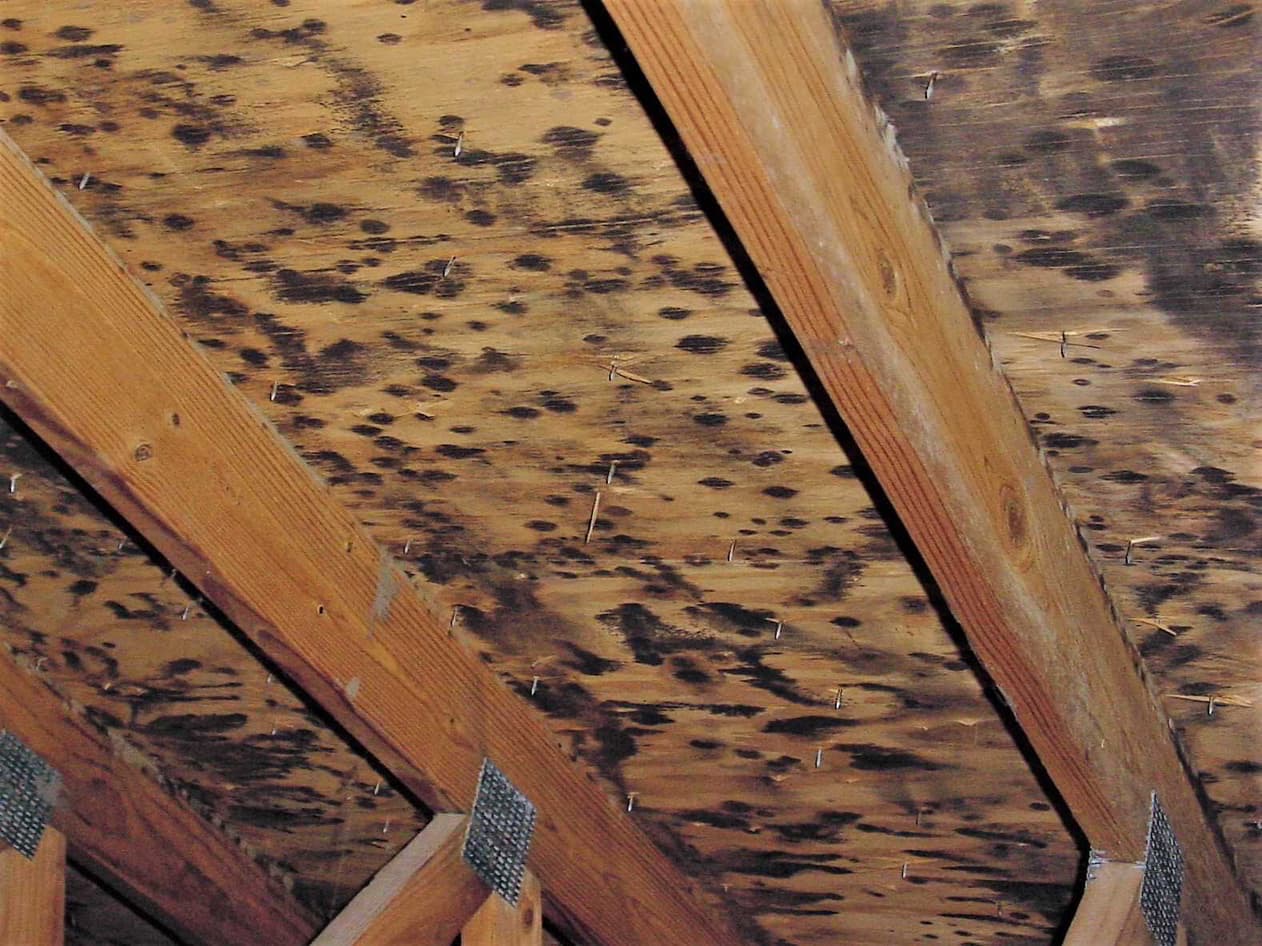
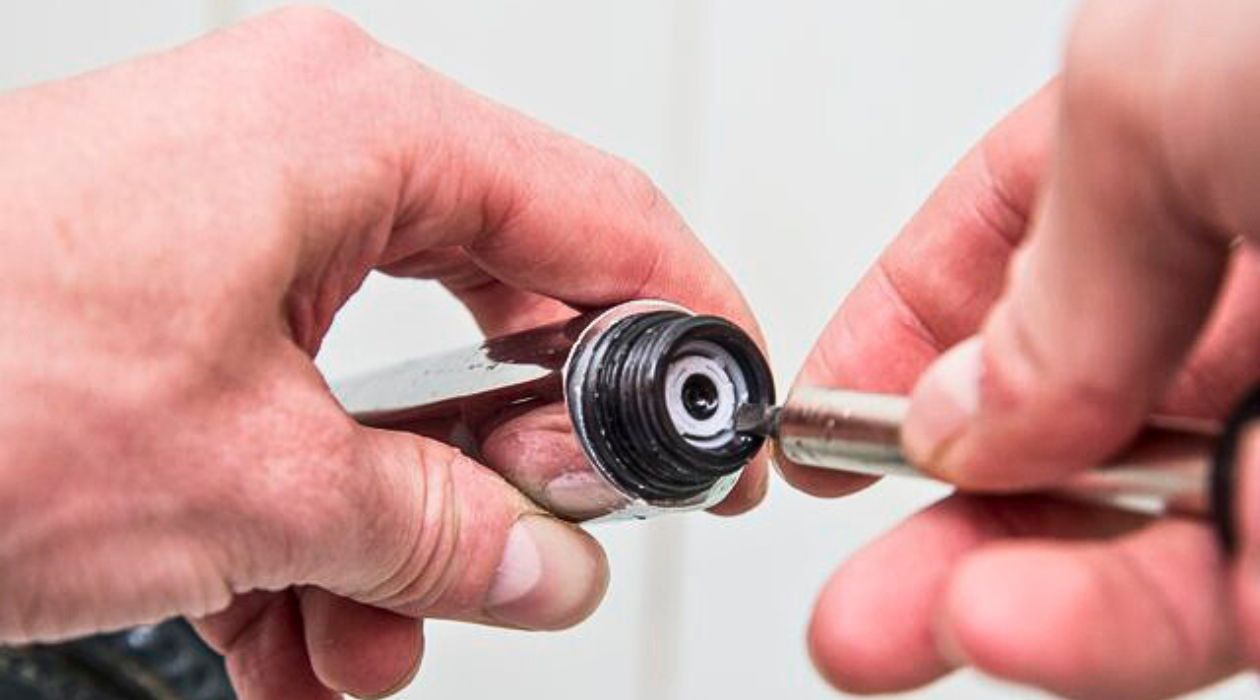
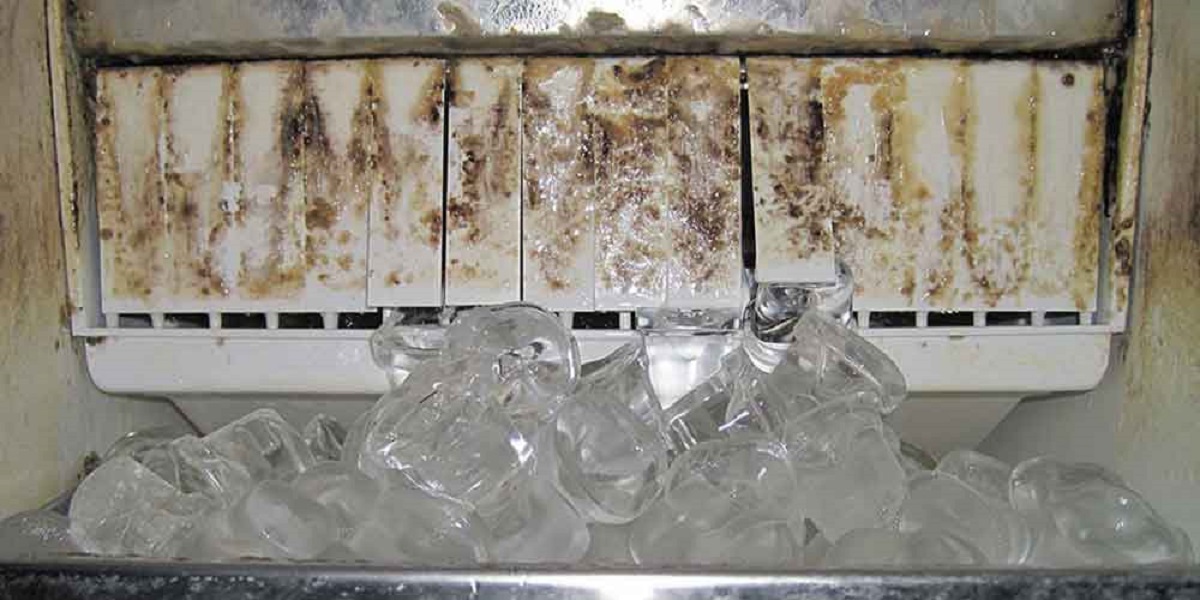
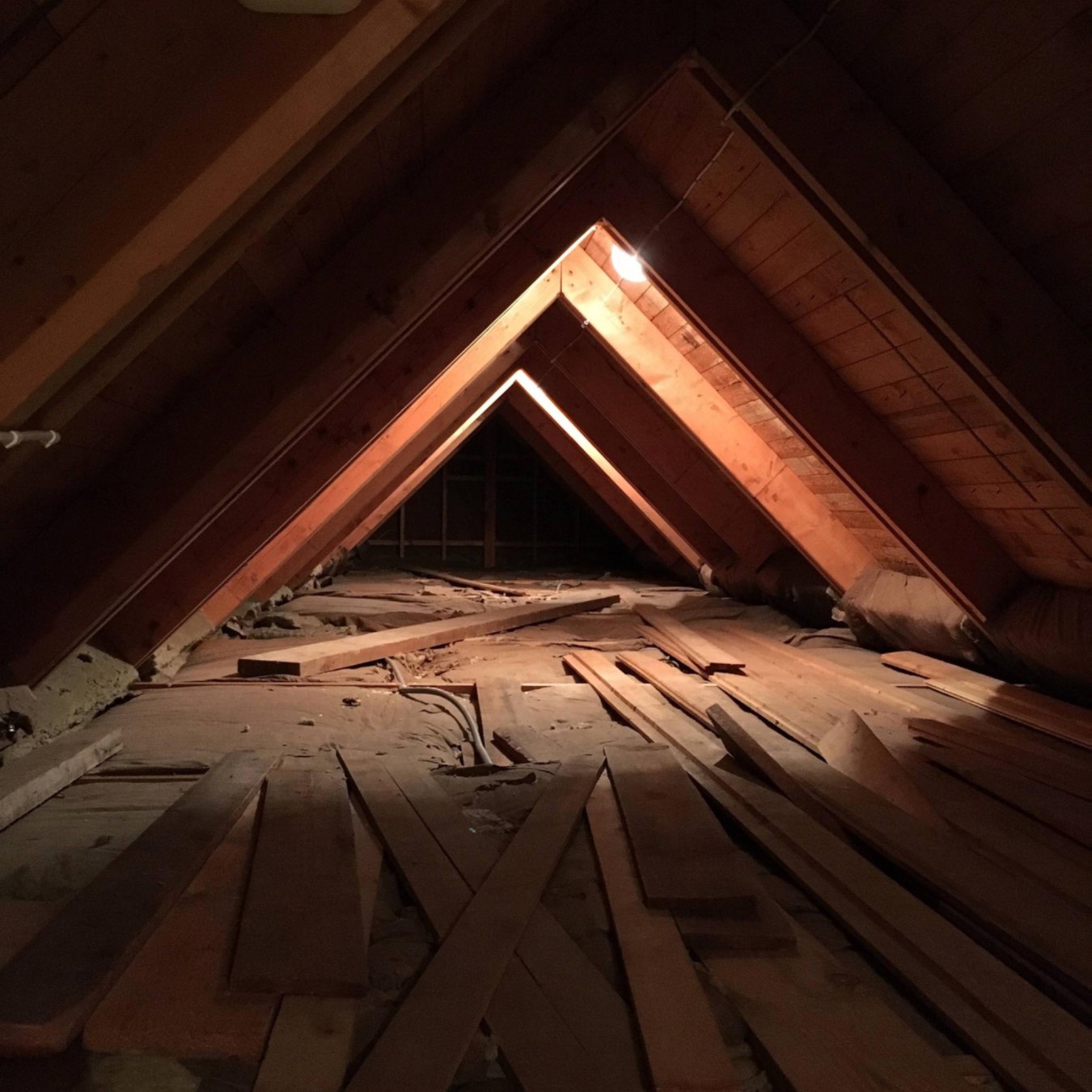
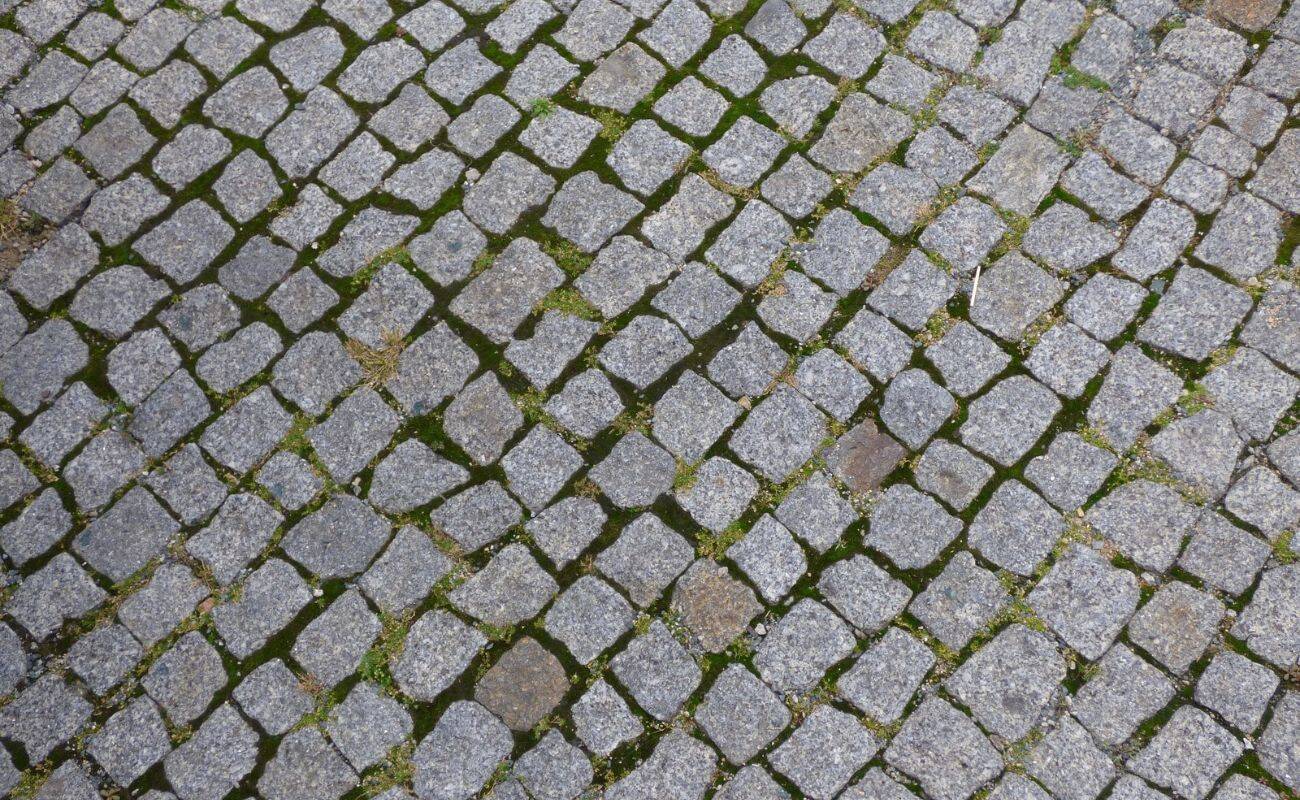
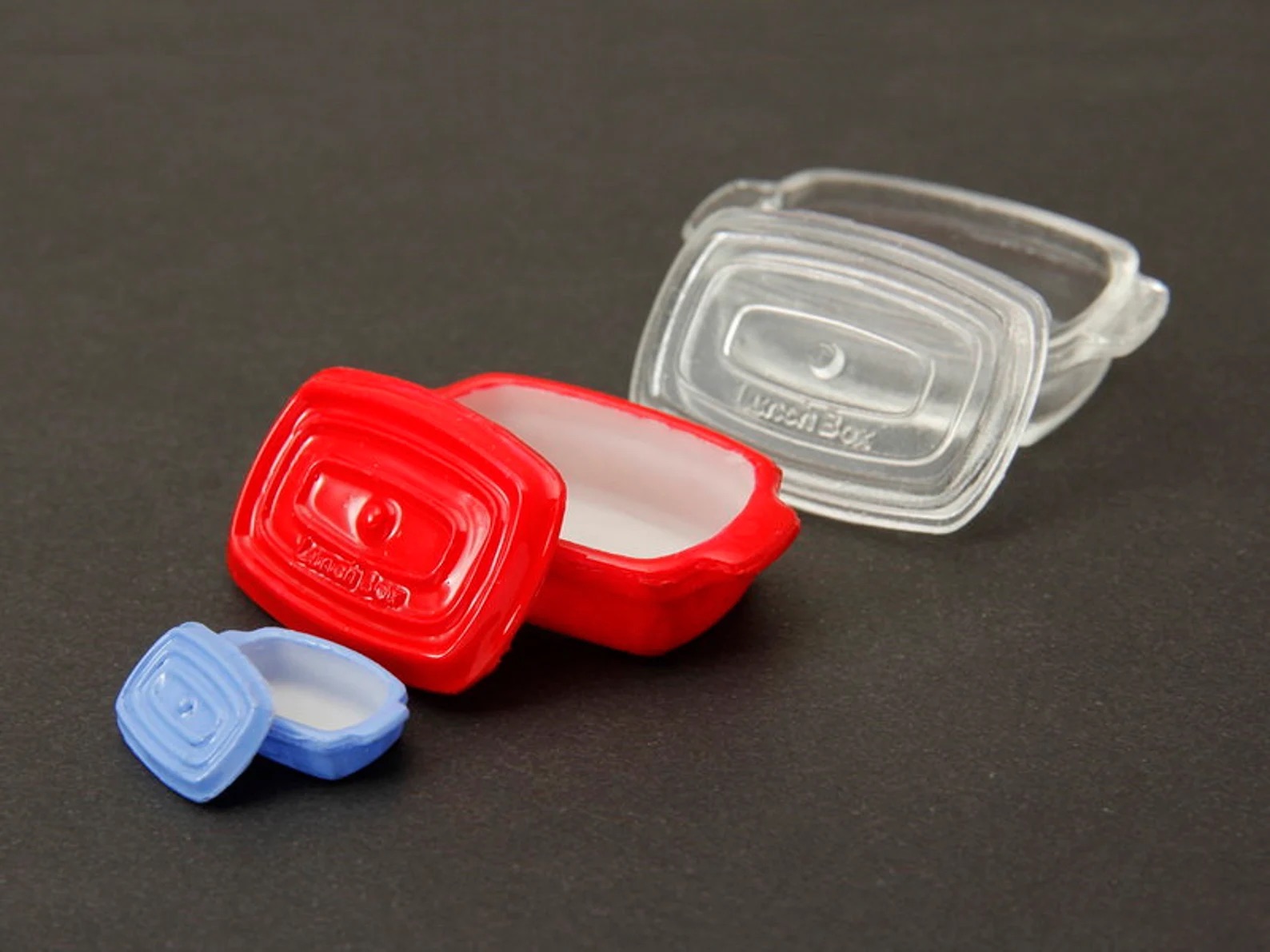
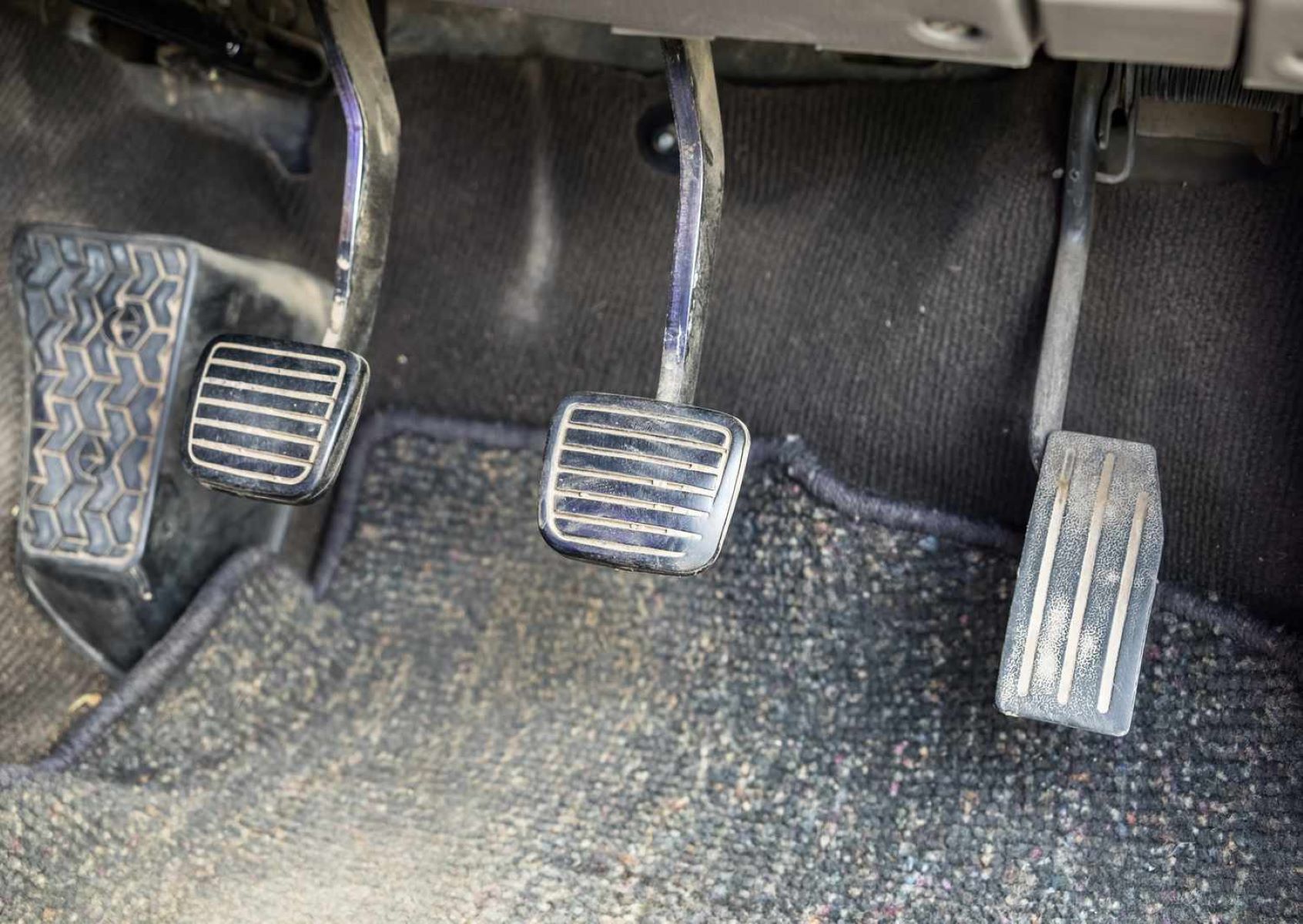
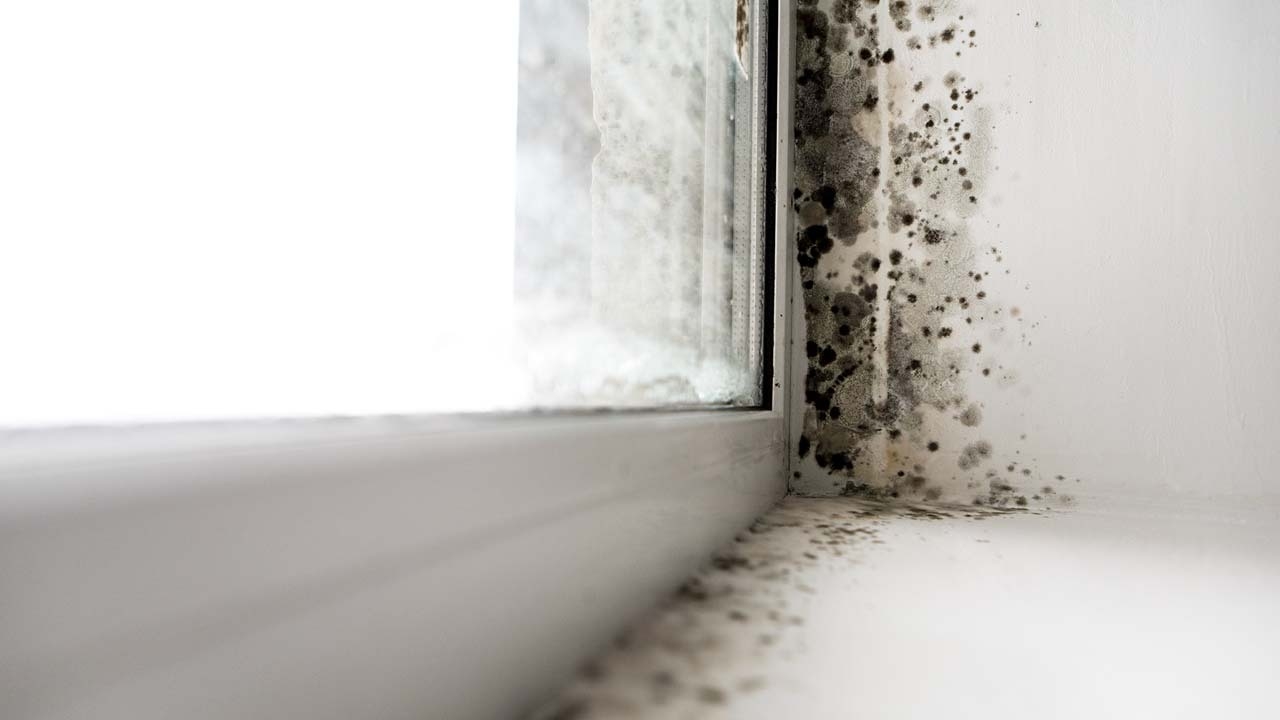
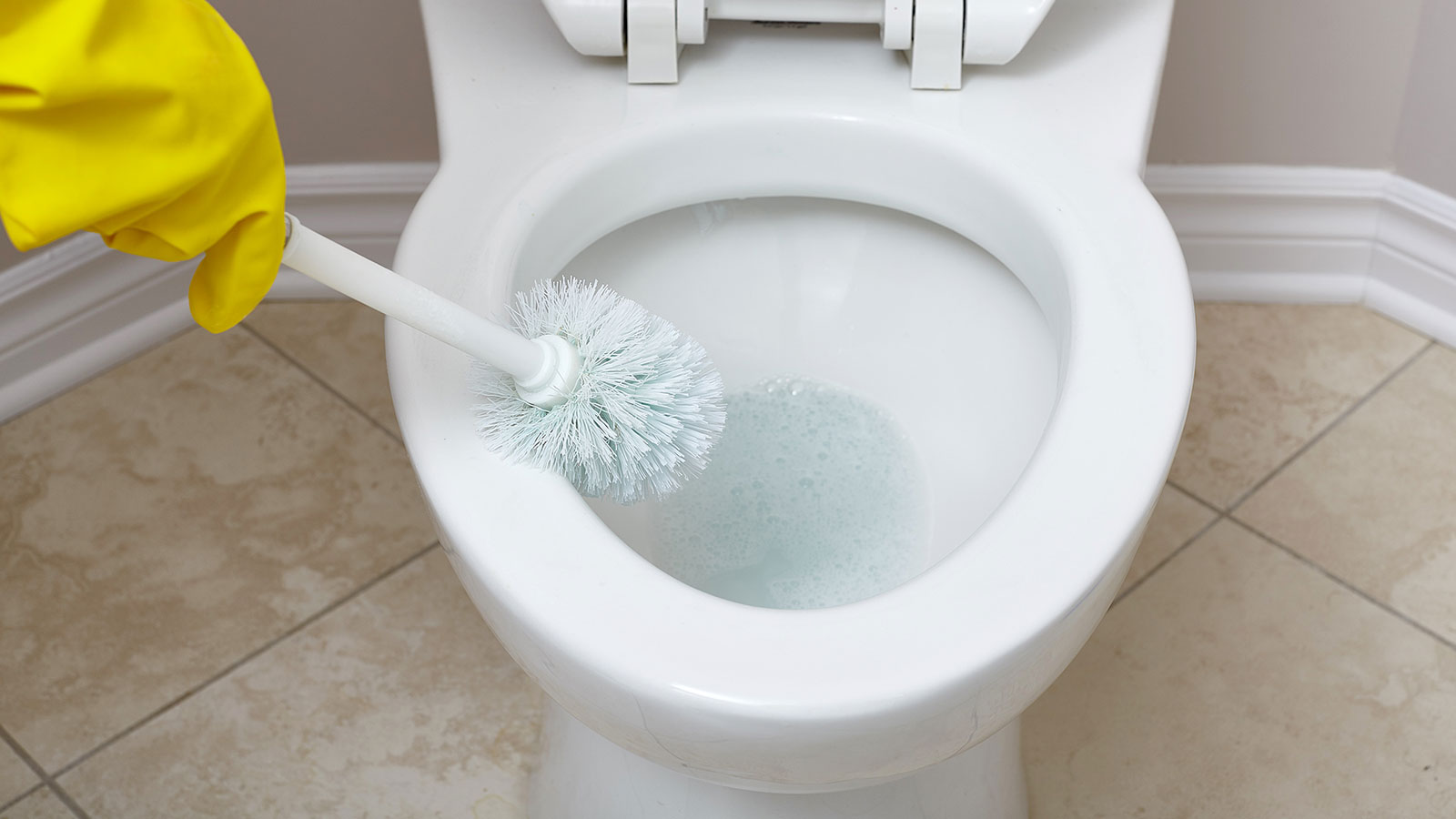
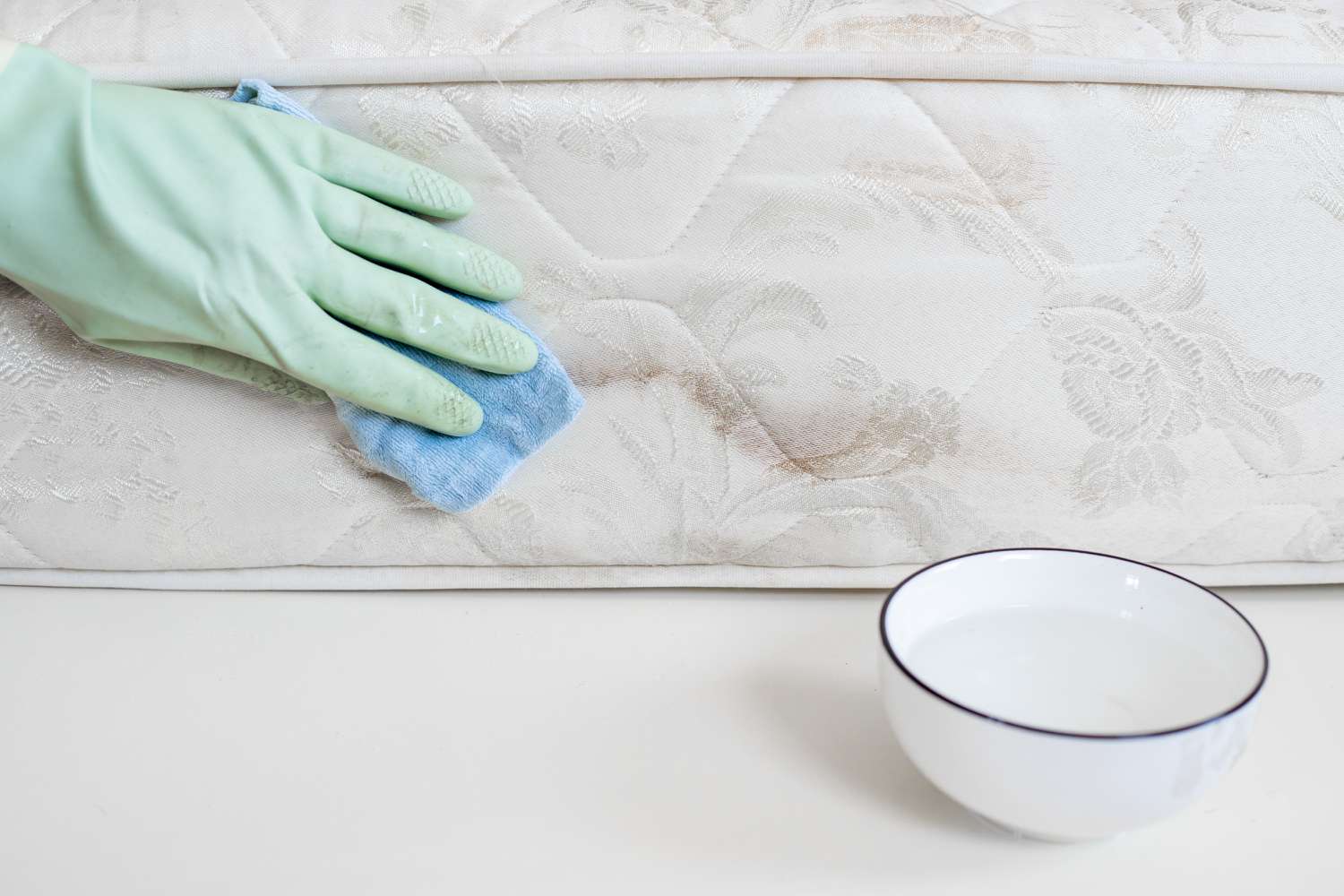
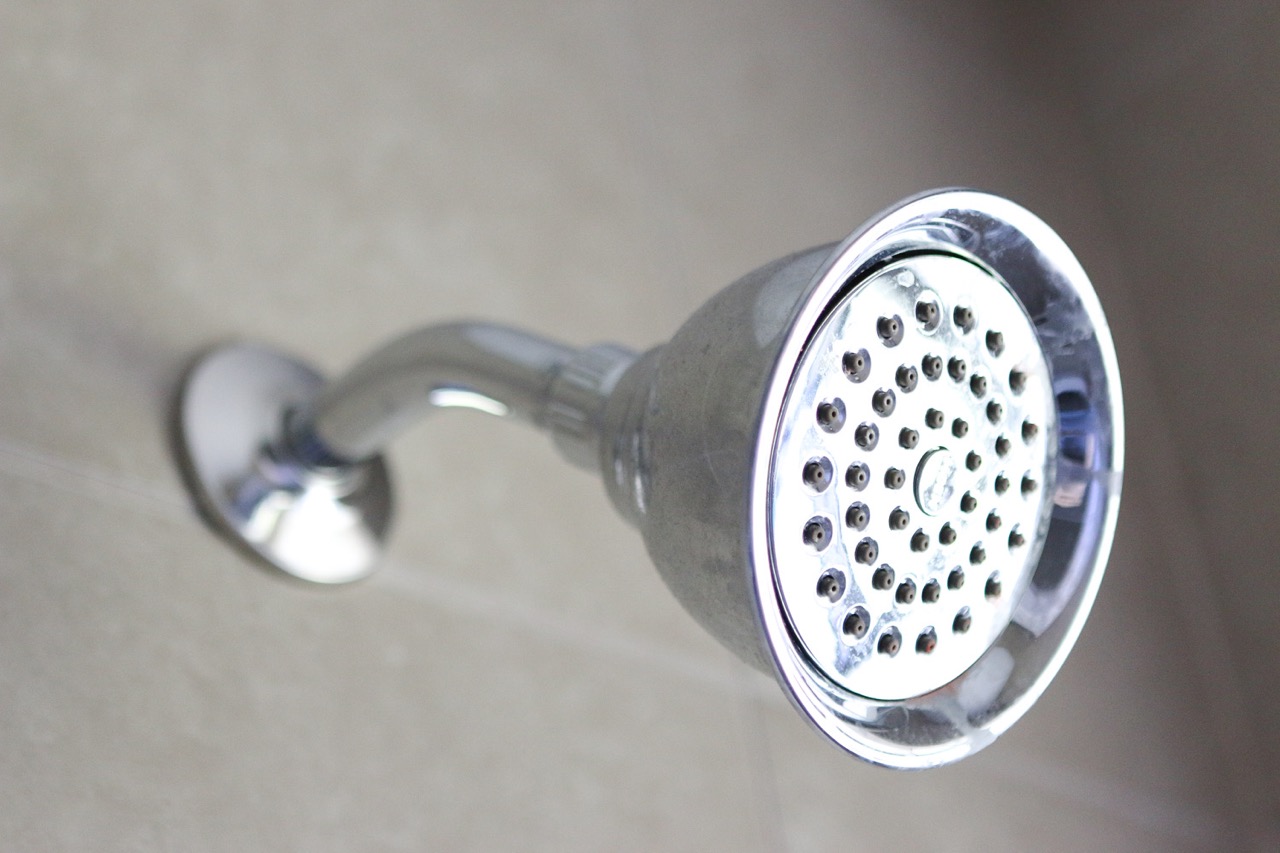
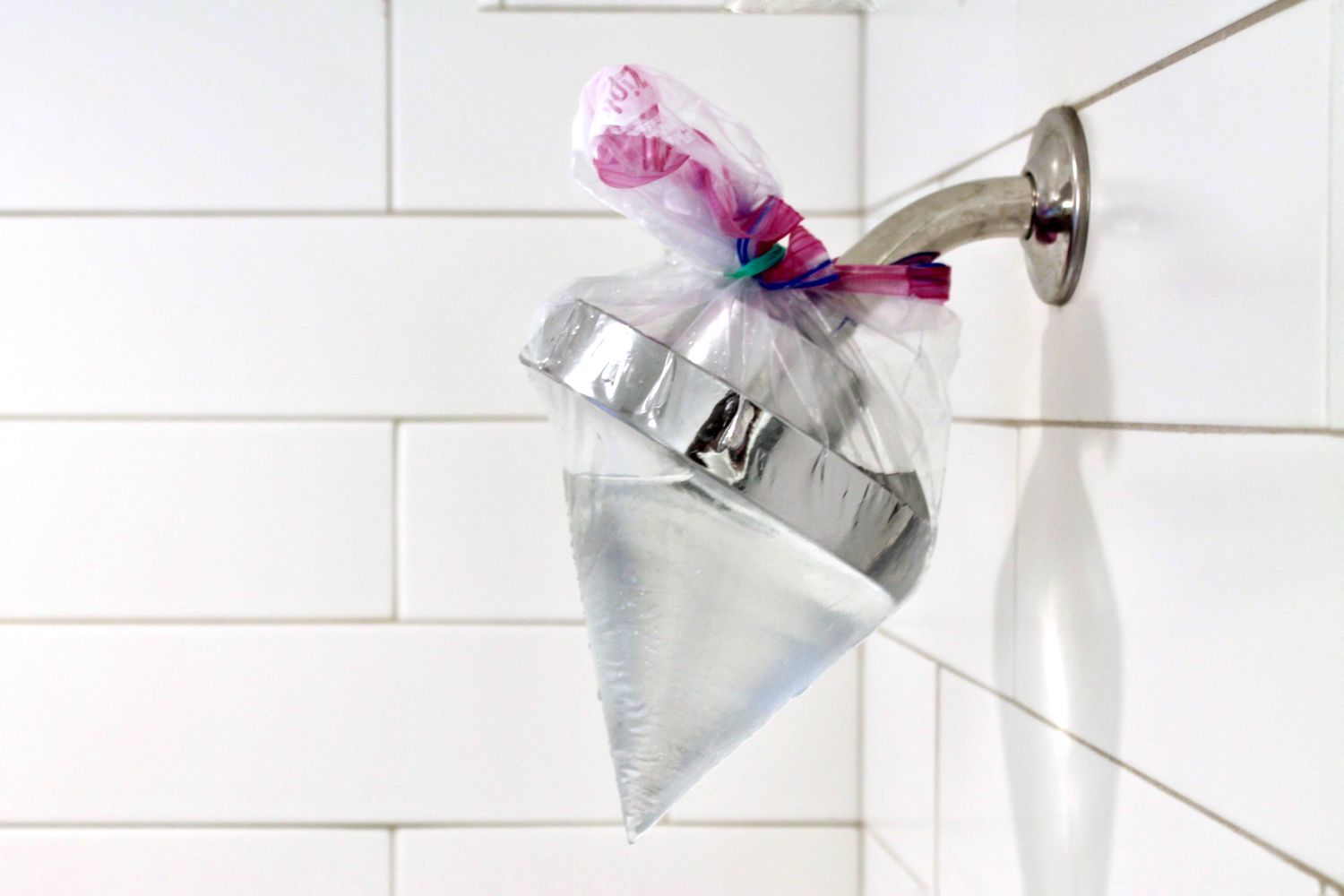
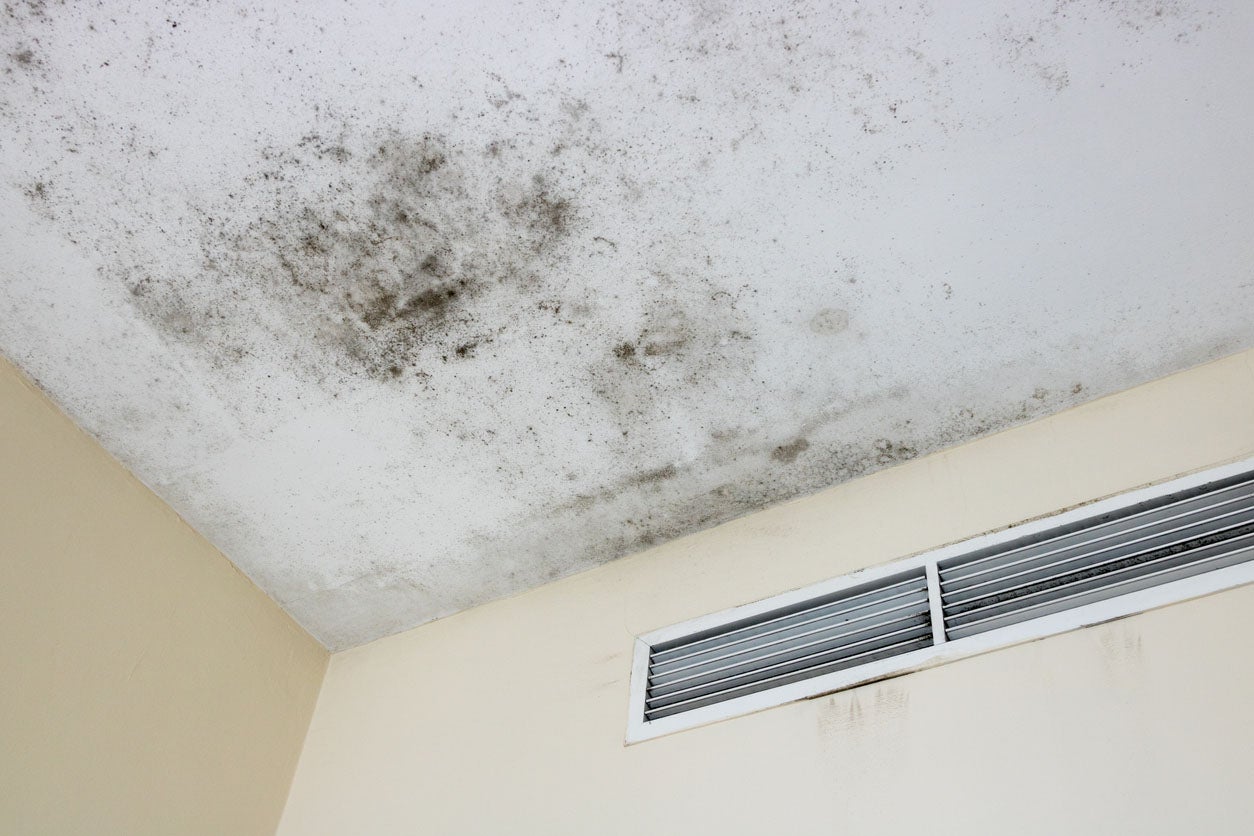
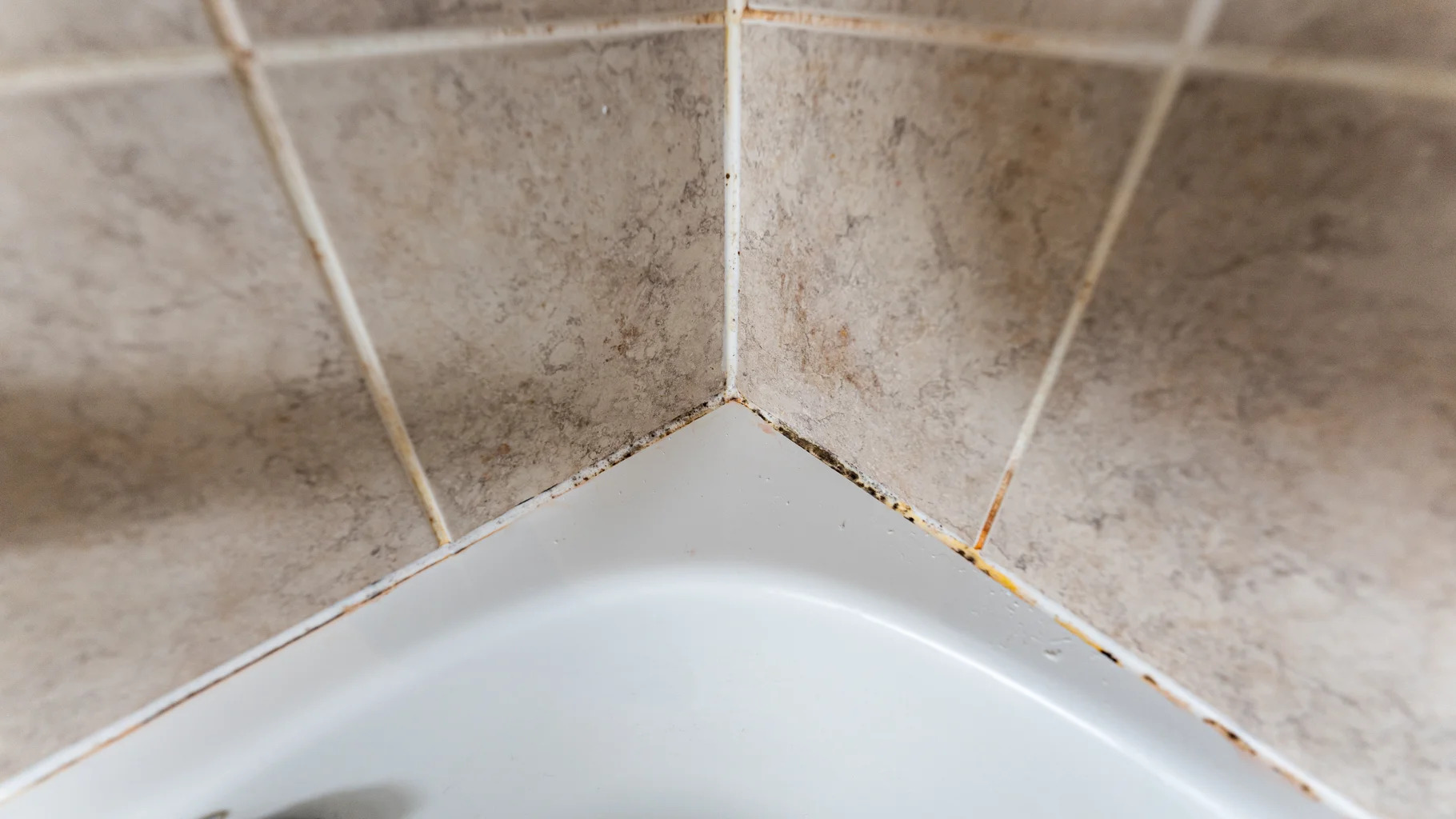

0 thoughts on “How To Remove Mold From Showerhead”